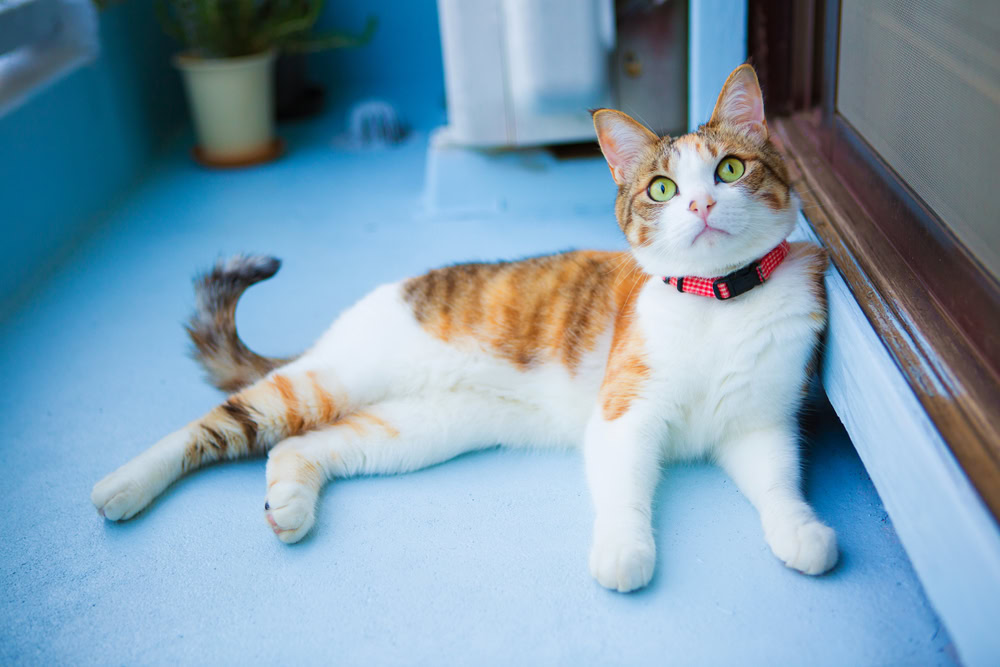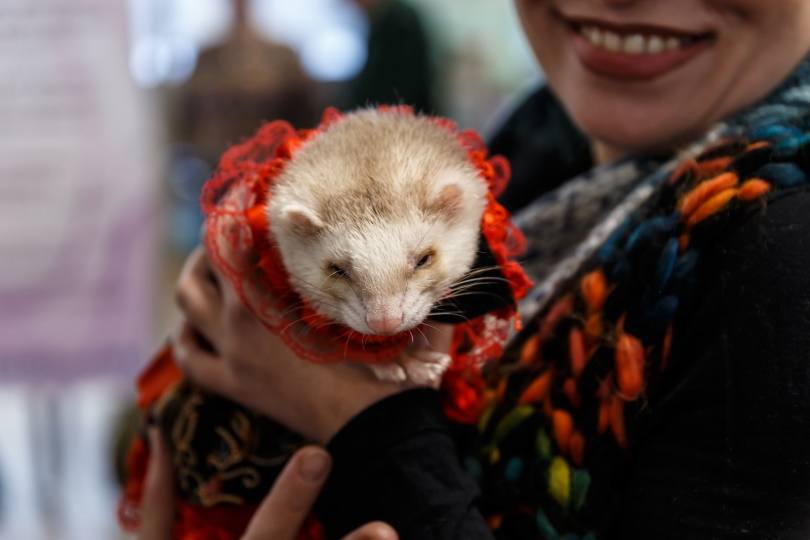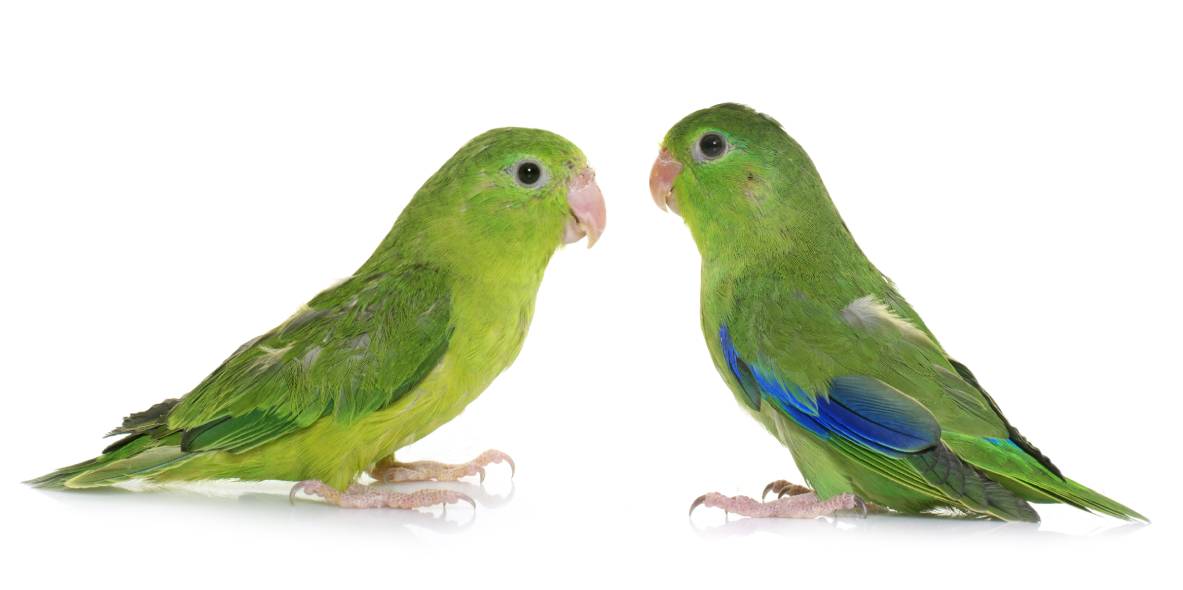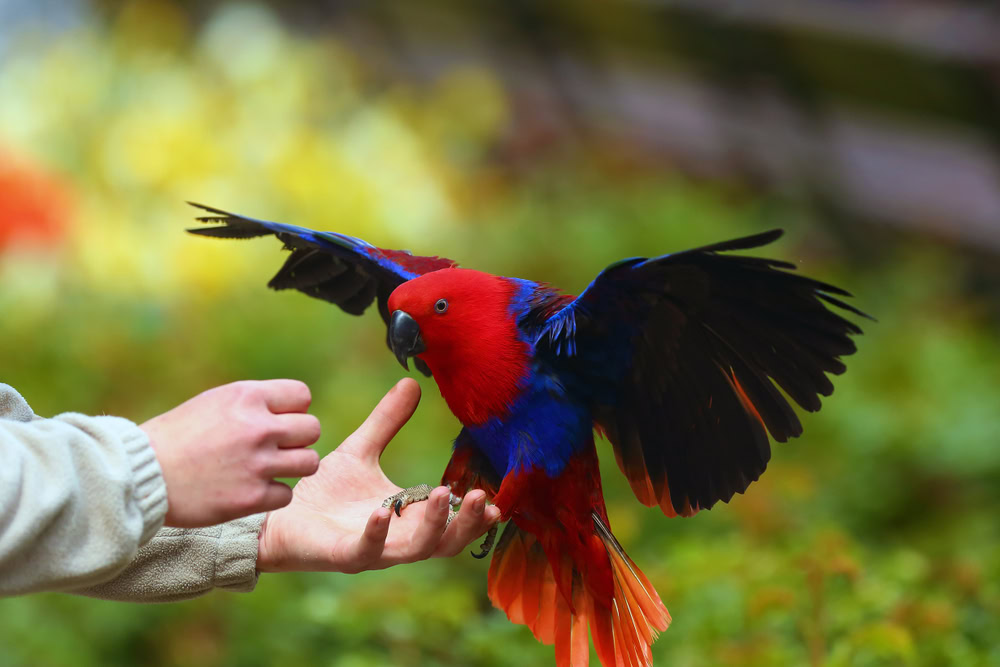VET APPROVED

The information is current and up-to-date in accordance with the latest veterinarian research.
Learn more »Click to Skip Ahead
Wouldn’t life be wonderful if our cats could talk to us? Although, I’m not certain that we’d always want to hear what they have to say! But until someone invents a feline-to-human translator, there are other ways to help us understand our cats, the most important of which is through body language.
Certain feline actions and behaviors are quite easy to interpret, such as the affection shown through purring and rubbing against us, the wide eyes and puffed-up fur of fear, or the growl and swiping claws of anger. When it comes to their tails, however, cats can often be accused of sending mixed messages.
When a dog wags their tail, they are usually happy, but when you see the rapid swishing of a feline tail, you’d better stop what you’re doing and back away because that is the tail of an angry cat. Except, of course, when it isn’t.
And when that tail starts to thump against the ground, they’re telling you to get out of their space. Unless, of course, they aren’t.
Let’s get to know a bit more about feline body language, and how a thumping tail can mean friend or foe.

Feline Body Language: The Basics
We could write books about the minutiae of feline body language, and plenty of people have done exactly that, but for now, let’s just go over some of the basics. A cat that is scared, anxious, sick, or in pain is going to try to make themselves look smaller, an angry or aggressive cat will try to make itself appear larger and more intimidating, while a happy or excited cat will have a relaxed posture and movements. Adrenalin causes the pupils to dilate, so angry, scared, or anxious cats will usually have large pupils, while a relaxed or calm cat’s pupils will be of moderate size, depending on the light.
Below is a simple summary of how different aspects of a cat’s body language will change according to their mood and the message they are trying to send.
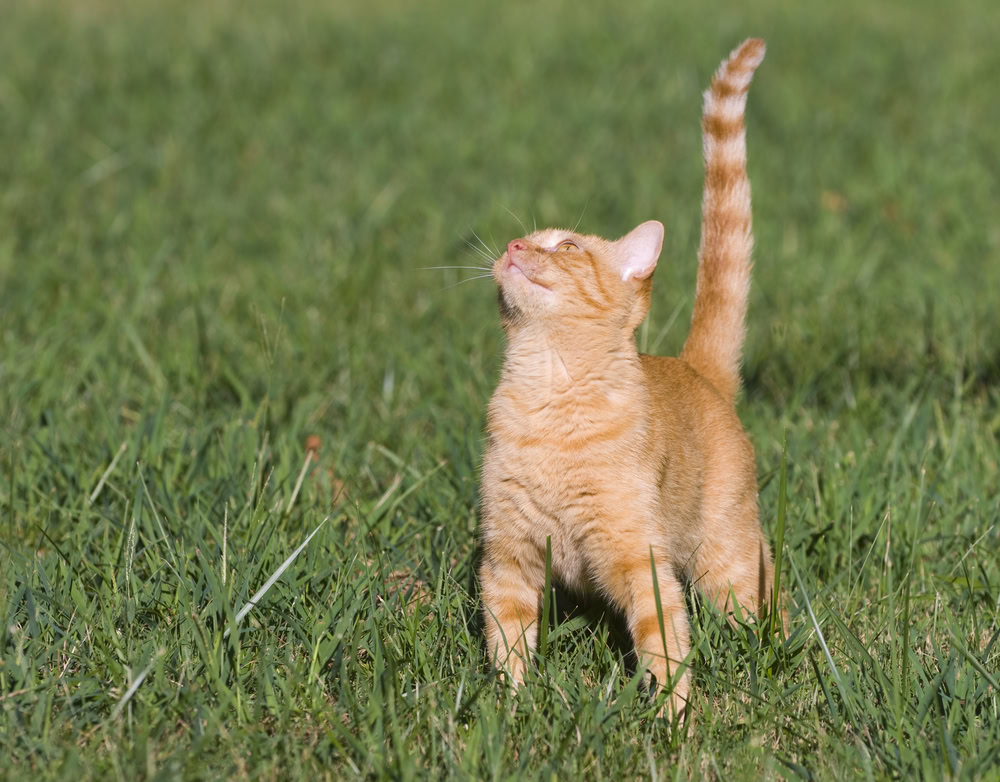
| Tail | Eyes | Head | Ears | Body | |
| Happy | Held aloft or lowered and curled | Alert, upright | Upright | Sitting, standing, lying down | |
| Scared | Fluffed up, aloft or close to body | Hunched | Facing back | Crouching close to the ground | |
| Angry | Fluffed up, swishing or upright | Neck arched | Flattened backwards | Sitting or standing, presenting side of body | |
| Anxious | Lowered, close to body | Low, hunched | Slightly lowered, facing sides | Curled up, crouching | |
| Excited | Aloft, twitching or quivering | Alert, upright | Upright | Sitting, standing, lying down | |
| Sick / Pain | Curled around body | Lowered | Upright or drooping | Lying down, crouching, curled up, abnormal posture |
What Does a Thumping Tail Mean?
A swishing tail is, more often than not, an indication of a cranky cat, but it can also signal one that is engaged in some play fighting or chasing, which is why it’s important to look at the rest of their body language as well.
A thumping tail is going to attract attention, something a scared, anxious, or sick cat is going to want to avoid, whereas an angry, happy, or excited cat is not usually trying to hide. So, we can reasonably assume that our thumping tail is not a sign of fear, anxiety, pain, or illness.
When a cat thumps their tail, they are usually lying on their side, which is a pretty vulnerable position for a cat. This means they are not feeling threatened by those around them, but that doesn’t necessarily mean they are happy.
A cat that thumps their tail is alert, on edge, and ready to pounce, play, or chase. It’s a bit like that heightened level of excitement and emotion when kids are playing and getting carried away, and any second it could turn into fits of laughter or floods of tears.
The thumping tail tells us that their emotions are on the knife edge, and things could go either way, depending on what happens next. It is a sign of agitation and anticipation. A cat can be happy and playful whilst that tail is thumping, but you might not be so happy if things escalate.
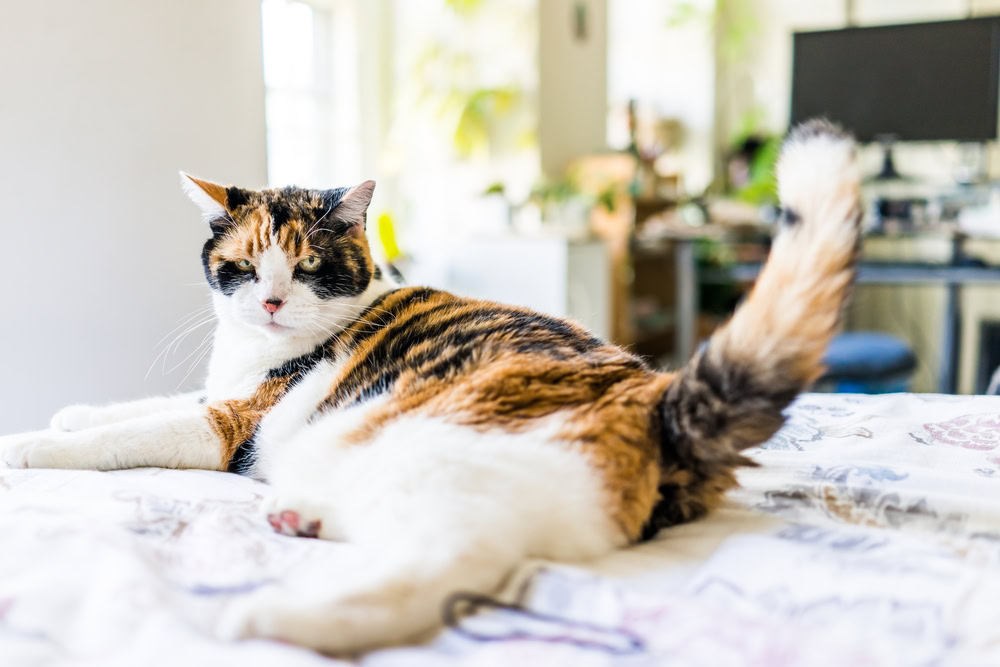
What Should I Do If My Cat Is Thumping Their Tail?
It’s quite common for a cat that has been playing or enjoying some fuss and attention to start thumping their tail, and ignoring this sign is what often gets people bitten or scratched. If your cat has become overstimulated, the best thing to do is dial things back and leave them alone for a while, even if it seems like they’re still in a playful mood.
When cats are playing with each other, that thumping tail is a signal that play is about to get rough, which is something cats will often enjoy. They will wrestle, bite, and chase each other, but the game can turn vicious if someone makes a wrong move. If we’re interacting with our cat and they give us the tail-thumping signal and we keep on playing or patting, we are basically saying that we are happy to start playing rough, and when we get upset by our cat’s less than gentle treatment, they are confused because, from their point of view, they gave us plenty of warning.
What If I Want To Play Rough?
Some people enjoy playing rough with their pets, even if it leaves them a little worse for wear, but you should never play rough with your cat or kitten. Just as it’s important that we try to understand our cat’s body language, it is vital that we are clear in our communication with them, and a large part of that is being consistent.
Showing your kitten or cat that it’s fine to play rough sometimes and with some people, then getting angry or upset when they get too rough or scratch the wrong person, is sending a really confusing message. When it comes to training our pets, if a behavior is only ‘sometimes okay’, it needs to be never okay. Rules need to be clear, not conditional.
Telling Tails
Now we understand a little more about why cats thump their tails, we can take a look at how this fits into the different tail movements and positions, and what they mean.
| Tail Sign | Meaning |
| Upright | Alert, friendly |
| Question mark | Playful, inquisitive |
| Wrapped around you | Affection, trust |
| Slow swish | Focused, wary |
| Twitching/quivering | Excited |
| Thumping | Agitated, overstimulated |
| Low to ground | Frightened |
| Swishing/lashing | Angry |
| Curled around body | Cold, unwell, content |
| Puffed up | Aggressive |
| Twitching at the tip | Irritated, vigilant (hunting) |
| Drooping down | Injured |
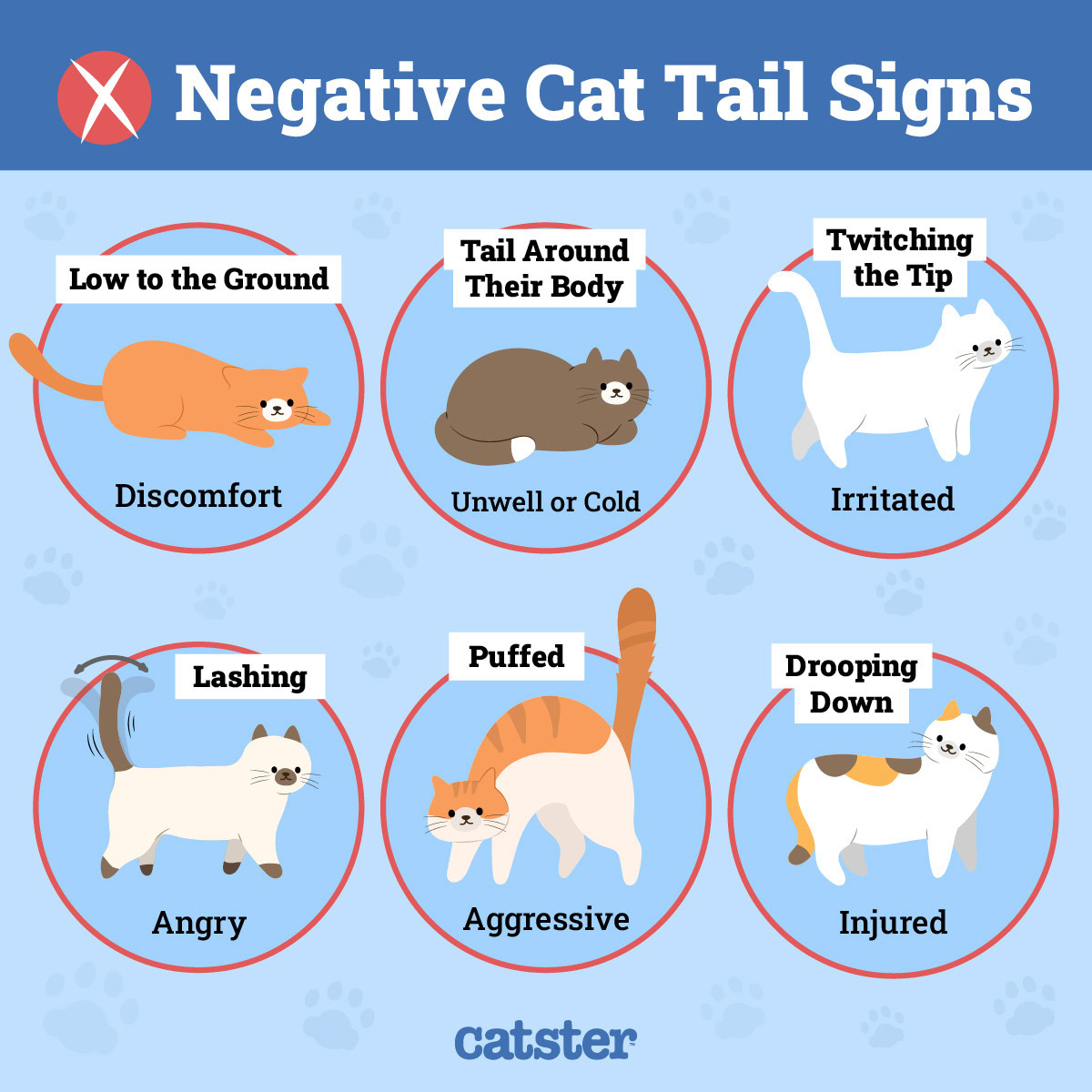
As you can see, different tail positions and actions can have multiple interpretations, so always look at the whole picture, not a single sign.

The Tail End
Feline body language is complex, and learning how to interpret it is a vital part of forming strong bonds with our cats. When it comes to tails, the message is not always straightforward, particularly when your cat is thumping that tail. Your cat may seem playful and happy, so it would be easy to think that a thumping tail is a happy sign as well, but it can be a warning that things are about to go from fun to full-on.
When a cat thumps their tail, it doesn’t necessarily mean they are angry, but we should take it as our cue to take a break and let our cat chill unless we want to be the focus of a feline rugby tackle or wrestling match.
Featured Image Credit: Cyrena11177, Shutterstock
